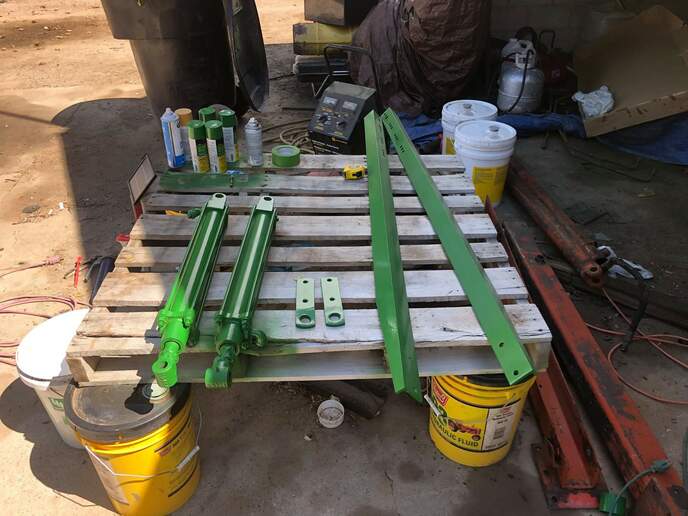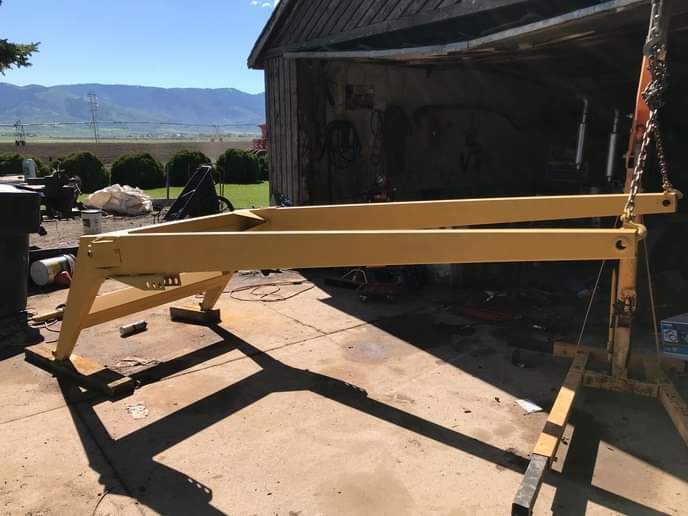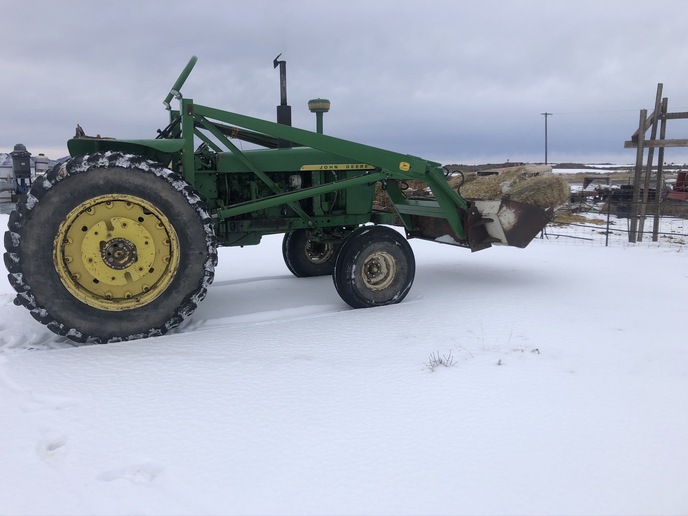Mnethercutt
Member
Hi all,
I'm trying to improve the reliability of my painting. I love taking an old piece and cleaning it up and putting on new paint. The problem I have is that the paint never holds up well. It may look fine, but it scratches off down to the bare metal really easily. As an example, I'm putting a new coat on some spots on my truck frame and even after it's dried for two weeks, I could scratch it off with my fingernails. Here's the process I normally follow when I paint:
1. Clean surface to bare metal (or as close as I can) with an angle grinder with a wire wheel
2. Wipe down surface with paint thinner to clean off any residue
3. Apply a coat of Rust-Oleum paint (1qt can, using a foam brush to apply. I dip the brush in the paint, then dab the paint onto the surface and smooth it out)
4. Wait 48 hrs. Apply second coat.
5. Continue with top coat.
I'm not looking for a job that looks great...I'm looking for protection from rust. Unfortunately the opposite seems to happen because in my eyes the paint looks great but it holds up terribly. I know there are folks who argue that Rust-Oleum is bad, and if you're one of those, what brand do you think I should use?
I've attached a picture of the most recent section I painted that scratched off. Any advice would be greatly appreciated.

I'm trying to improve the reliability of my painting. I love taking an old piece and cleaning it up and putting on new paint. The problem I have is that the paint never holds up well. It may look fine, but it scratches off down to the bare metal really easily. As an example, I'm putting a new coat on some spots on my truck frame and even after it's dried for two weeks, I could scratch it off with my fingernails. Here's the process I normally follow when I paint:
1. Clean surface to bare metal (or as close as I can) with an angle grinder with a wire wheel
2. Wipe down surface with paint thinner to clean off any residue
3. Apply a coat of Rust-Oleum paint (1qt can, using a foam brush to apply. I dip the brush in the paint, then dab the paint onto the surface and smooth it out)
4. Wait 48 hrs. Apply second coat.
5. Continue with top coat.
I'm not looking for a job that looks great...I'm looking for protection from rust. Unfortunately the opposite seems to happen because in my eyes the paint looks great but it holds up terribly. I know there are folks who argue that Rust-Oleum is bad, and if you're one of those, what brand do you think I should use?
I've attached a picture of the most recent section I painted that scratched off. Any advice would be greatly appreciated.





